Let’s face it, the real draw to Lopburi for most is probably not the ruins, it’s the monkeys, but that doesn’t mean you can’t spend some time exploring what is left of the Lavo civilization. One of the charms of the historic old town of Lopburi is that everything is within walking distance. You will find everything neatly placed between the rail line and the Lopburi River.
The Lavo civilization is an ancient one, dating back more than 3,500 years ago. Known as Lavo throughout history, Lopburi is the modern name for the city, and it is one of the most important in Thailand’s long history.
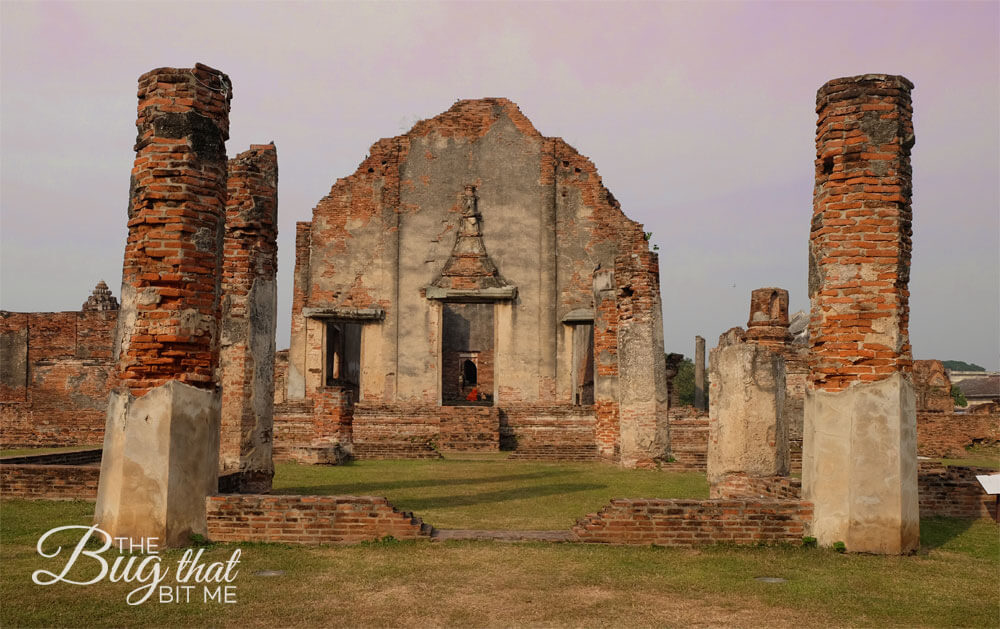
Wat Phra Sri Rattana Mahathat
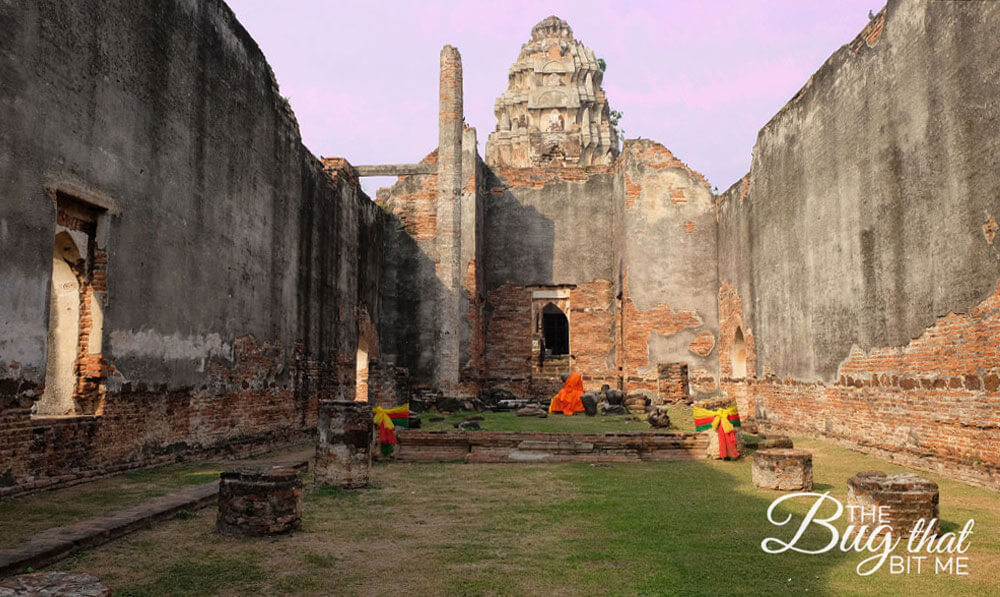
Wat Phra Sri Rattana Mahathat
Wat Phra Sri Rattana Mahathat
Directly across from the train station, and about a three-minute walk from my guesthouse lies Wat Phra Sri Rattana Mahathat, and as I set off early one morning to explore, I found myself alone in the complex. It was fantastic. The cost to enter was 50 baht, payable to a very friendly older woman at the gate. The area is not large, and it is certainly not the most complete set of ruins I’ve visited in Thailand, but I found it charming. Maybe it was my fondness of Lopburi, or the fact that I had a timid cat for a wandering companion, or maybe it was the specialness of being able to wander undisturbed that morning. Whatever the reason, I loved it there. This was also the first place I witnessed some beautiful detail work still on the ruins.
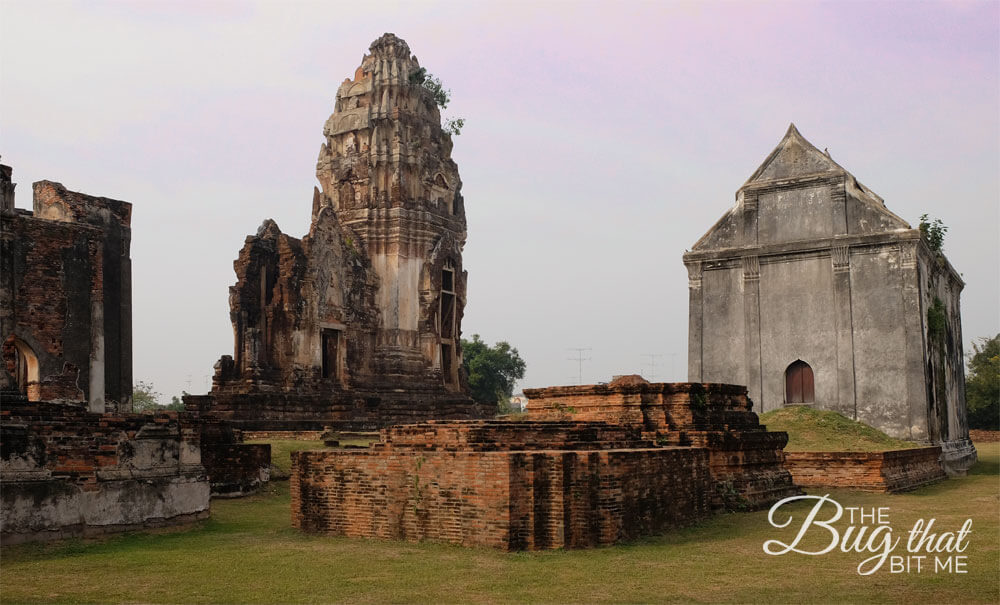
Wat Phra Sri Rattana Mahathat
It is argued that Wat Phra Sri Rattana Mahathat is the oldest Buddhist temple in Lopburi, dating back to the 12th century. Certainly the temple was renovated and added on to with the arrival of King Narai in the 17th century when Lavo was re-established as his summer residence, so the ruins you find are a mix of old and older.
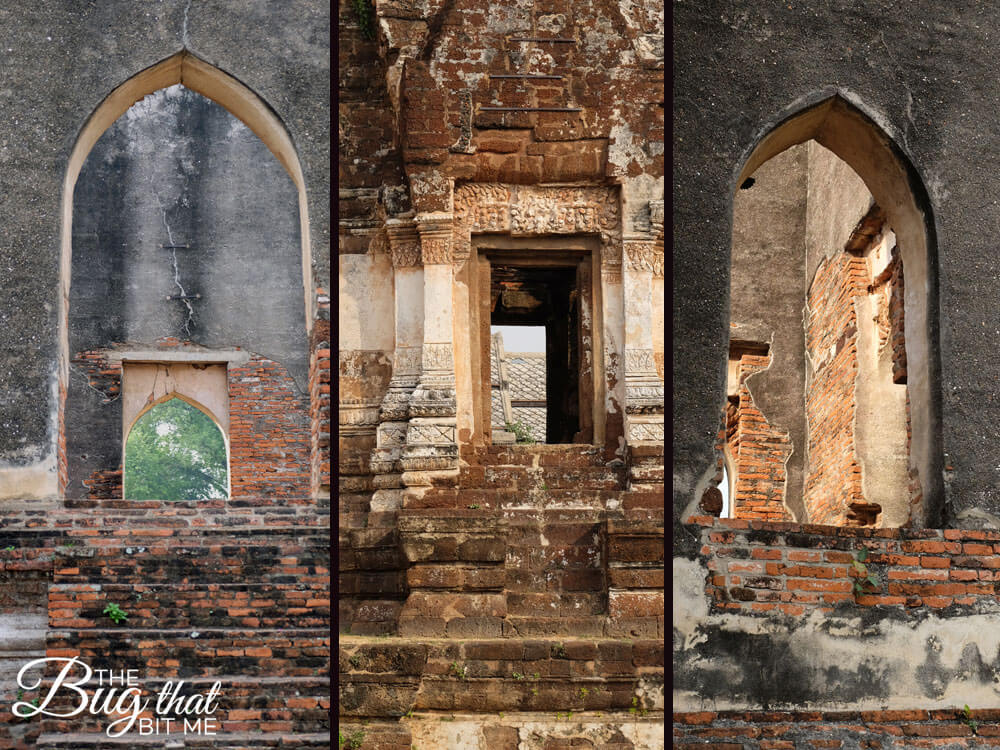
Wat Phra Sri Rattana Mahathat
Lopburi Palace
King Narai, who ruled from 1656-1688, established Lopburi as a summer home and many of the ancient monuments were restored. He had a large palace built on the Lopburi River. Many Europeans were in Siam by this point, and their influence can be seen in the construction of the palace.
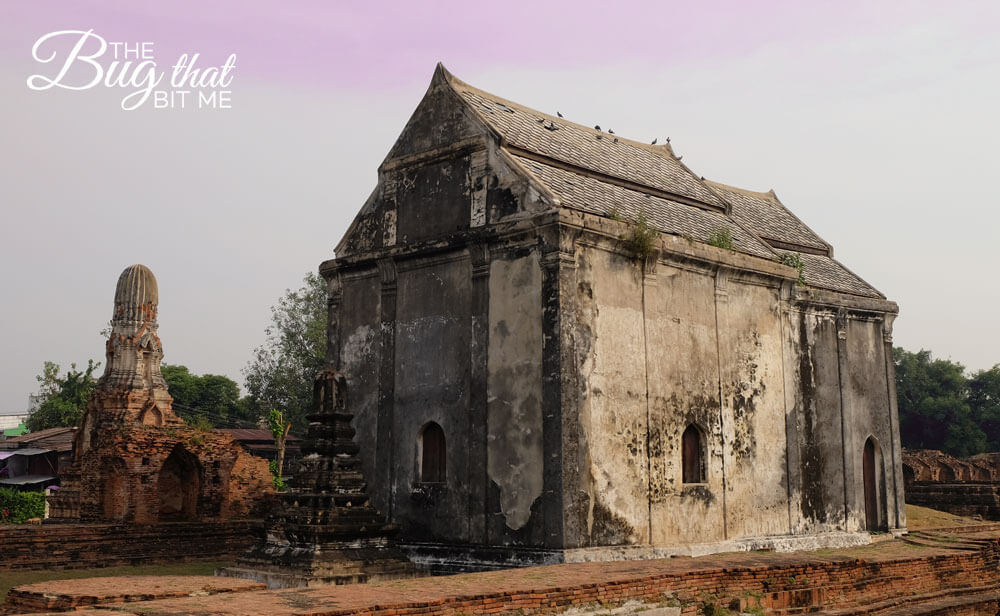
Wat Phra Sri Rattana Mahathat
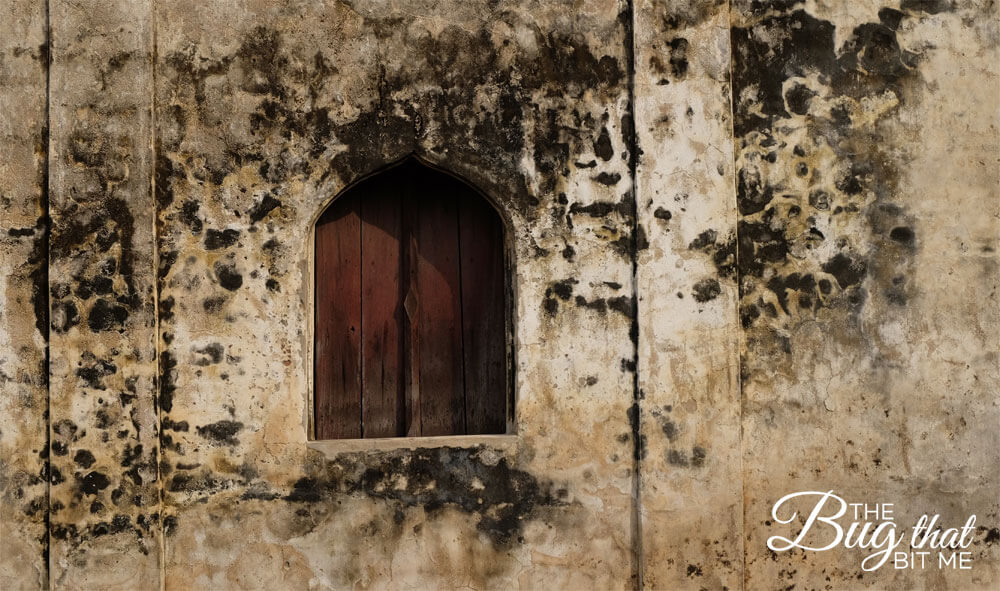
Wat Phra Sri Rattana Mahathat
Bahn Vichien
Up Rue de France from the Palace is Bahn Vichien, a mansion built in the 17th century to house the French embassy.
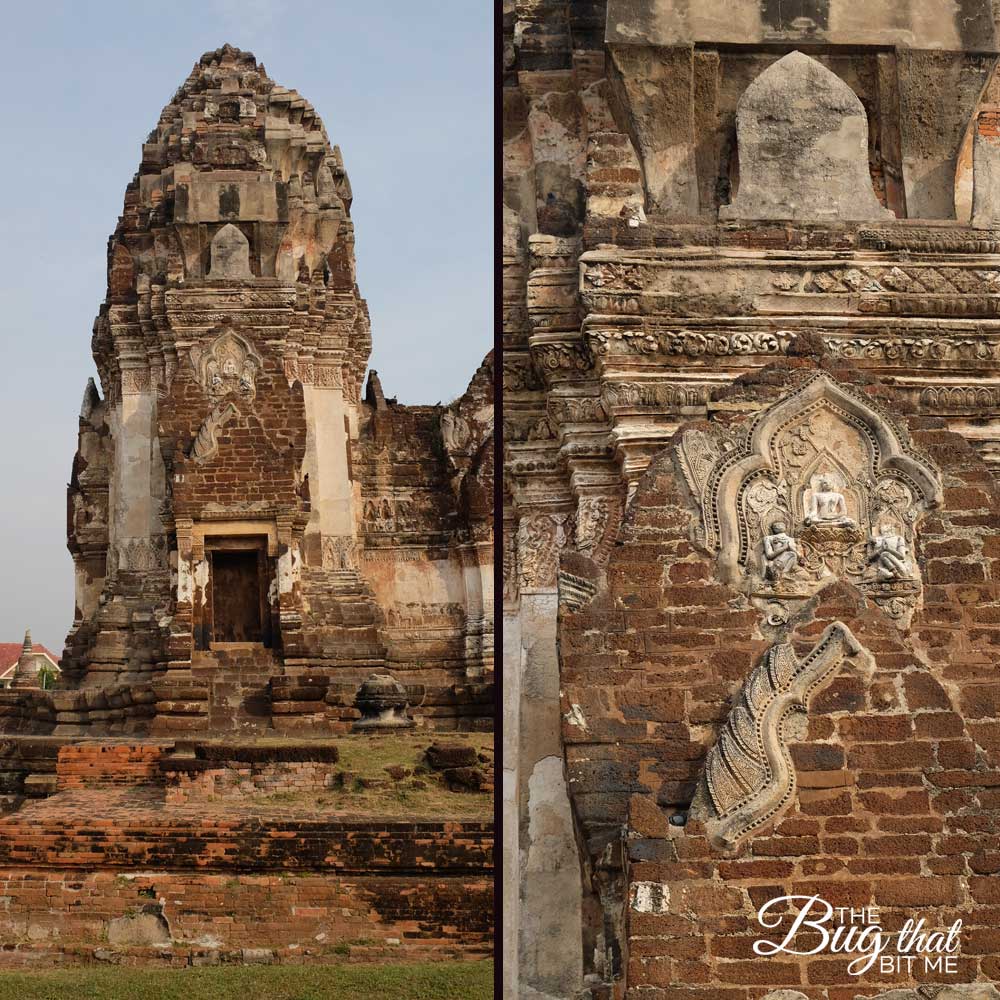
Beautiful stucco detail at Wat Phra Sri Rattana Mahathat
Prang Kaek
Heading back towards the railway tracks, standing alone in a traffic island is Prang Kaek, one of Thailand’s oldest Khmer-era monuments.
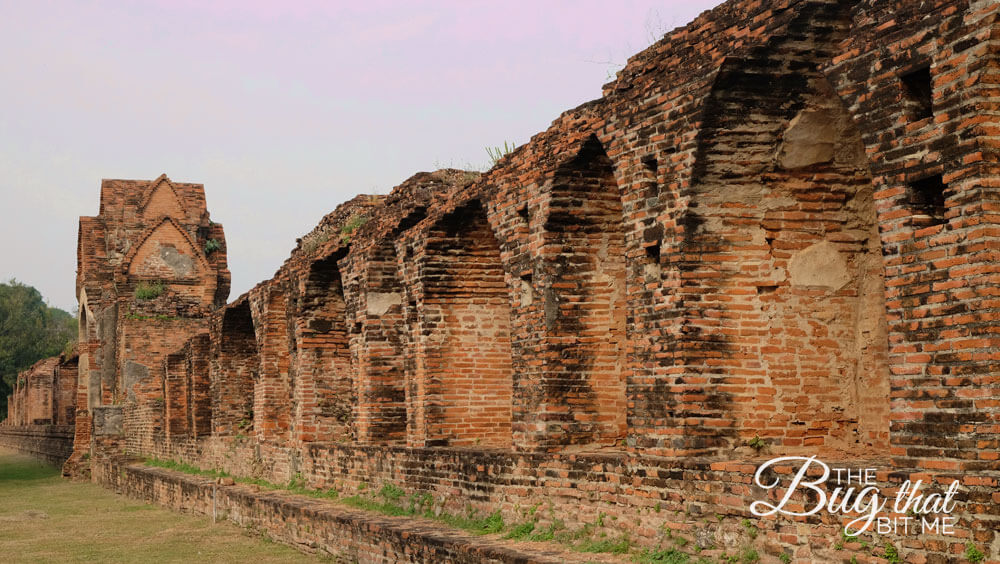
Wat Phra Sri Rattana Mahathat
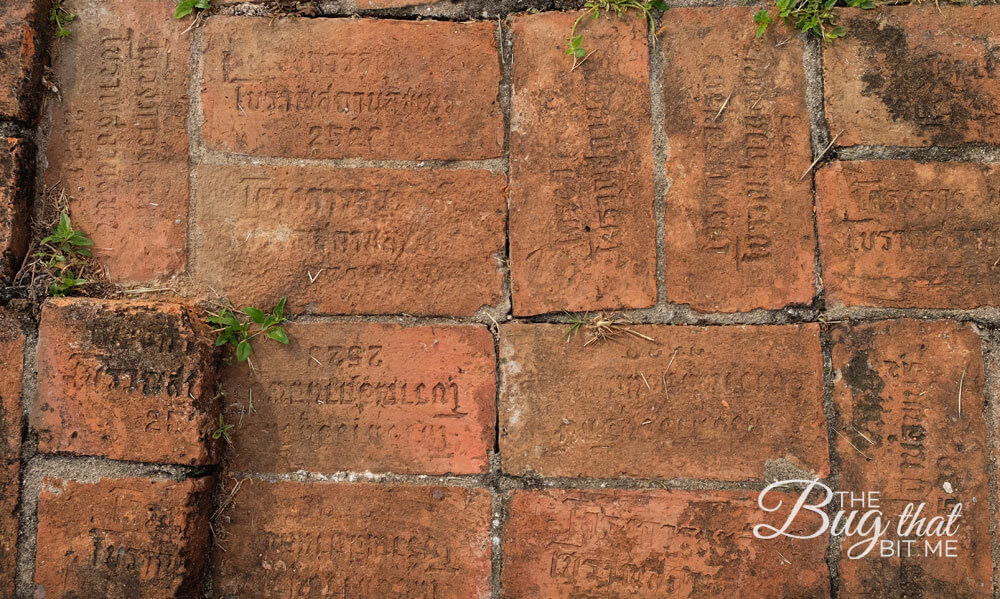
Every brick was stamped at Wat Phra Sri Rattana Mahathat
Prang Sam Yod
Otherwise known as Monkey Temple, Prang Sam Yod was founded as a Hindu sanctuary in the 13th century by the Khmer King Jayavarman VII, the ruler who built many of Angkor Wat’s most famous temples and palaces. The Thais later converted the shrine to a Buddhist temple when the neighboring kingdom of Atutthaya rose to power. Admission is 50 baht.
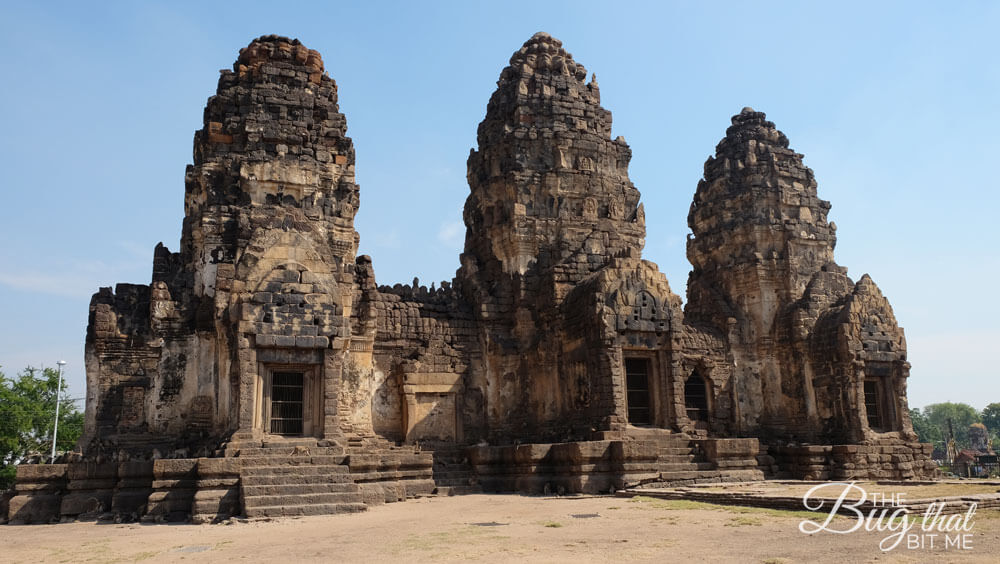
Prang Sam Yod
Every year, on the last Sunday in November, the city hosts a grand monkey banquet, located at Prang Sam Yod. It is the locals’ way of thanking the over 3,000 long-tailed macaques for bringing them good luck and fortune. Elegant tables of fruit, rice, desserts and drinks are set up for the monkeys, and invitations are delivered to them tucked inside a cashew nut.
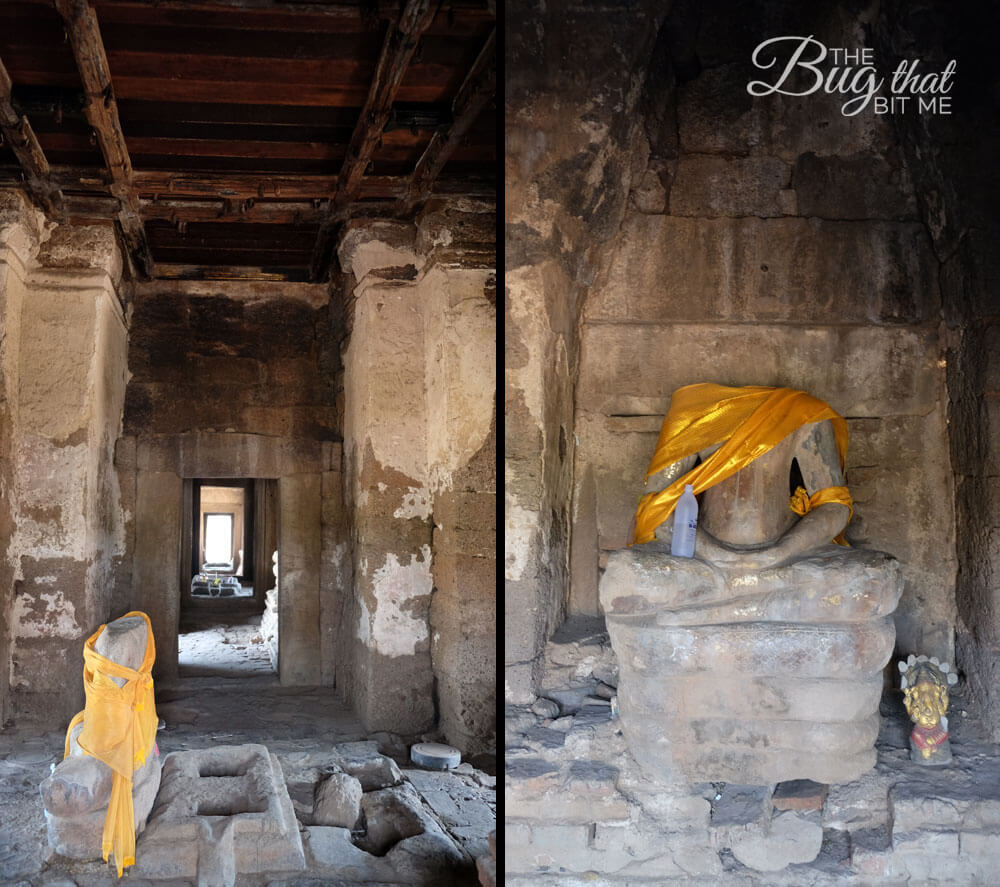
Interior of Prang Sam Yod
You will find other ruins scattered throughout the city, but nothing as grand or as well restored as you will find in Ayutthaya or Sukhothai. Still, if you’re heading north in Thailand, why not take a day or two to stop in to Lopburi. The train will cost you 13 baht (50¢) from Ayutthaya and a room at Noon’s Guesthouse, another 350 baht ($13). You’ll get to enjoy a respite from the crowds of some of the other cities, and enjoy the warm hospitality of this small city. And try to get there on a Wednesday to enjoy the lively night market.
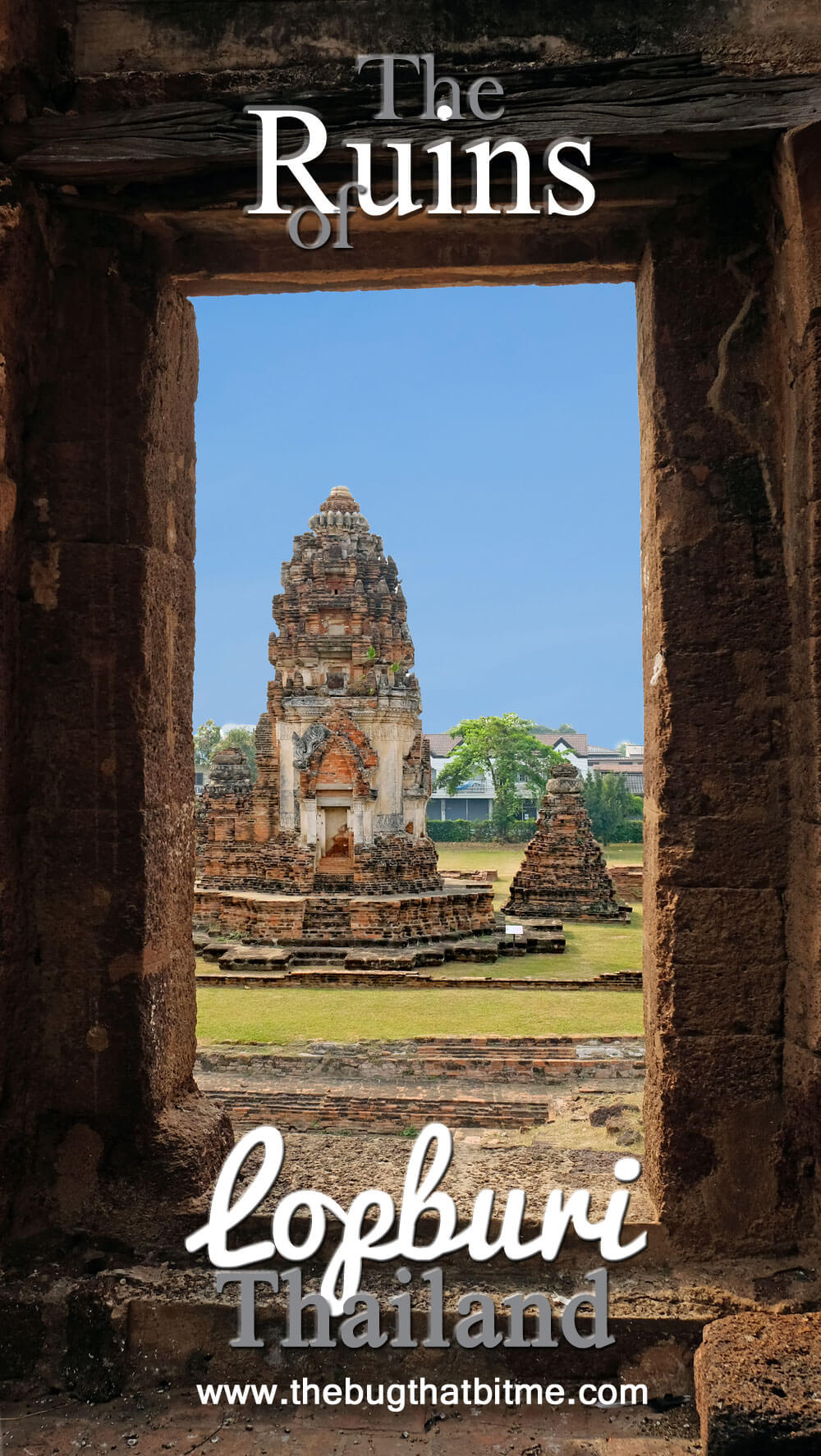
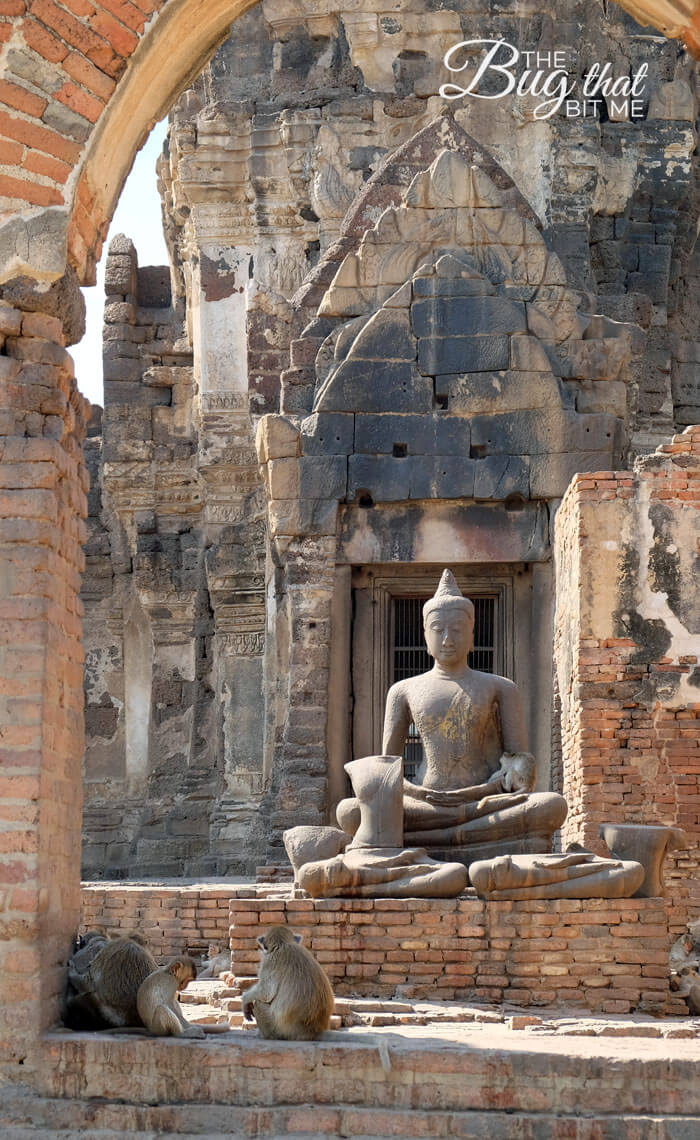
Prang Sam Yod
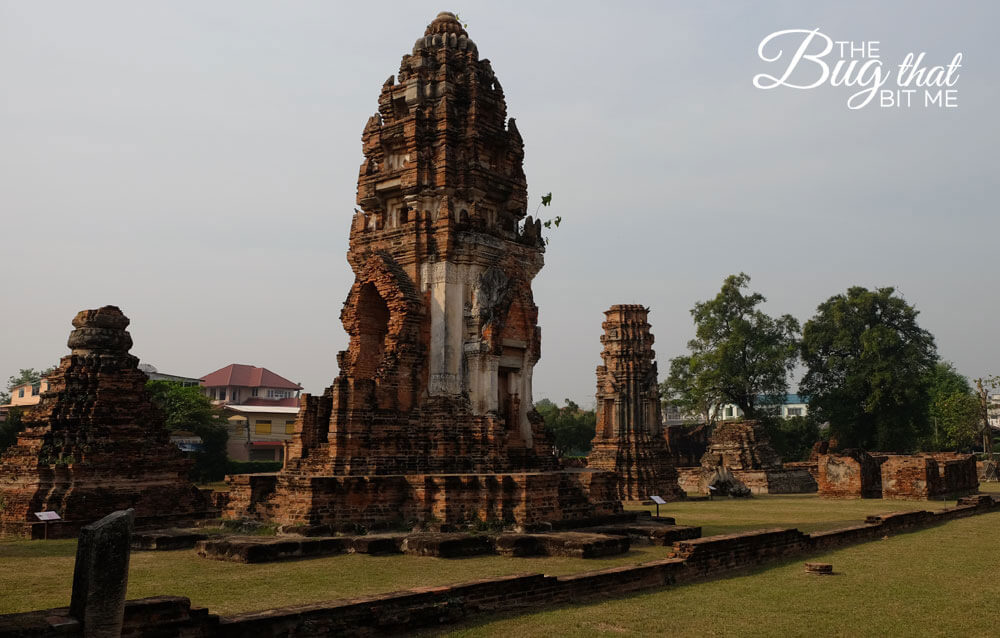
Wat Phra Sri Rattana Mahathat
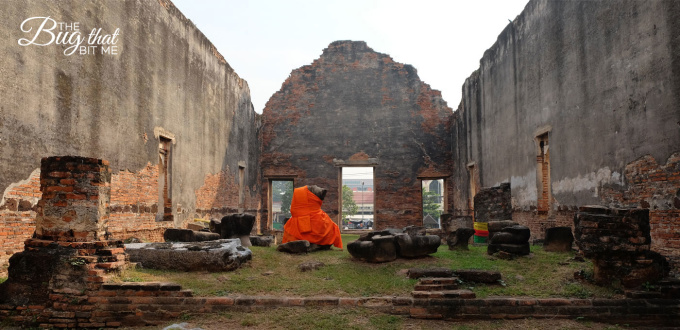

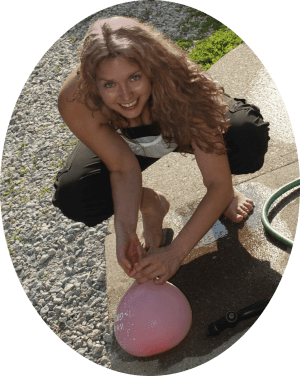


I certainly can see why this place is so special – how beautiful for ruins. It is just amazing but I can’t wrap my head around the monkeys. xo
They do take some getting used to. I’m growing slightly less frightened of them, the more I run into them. Slightly!